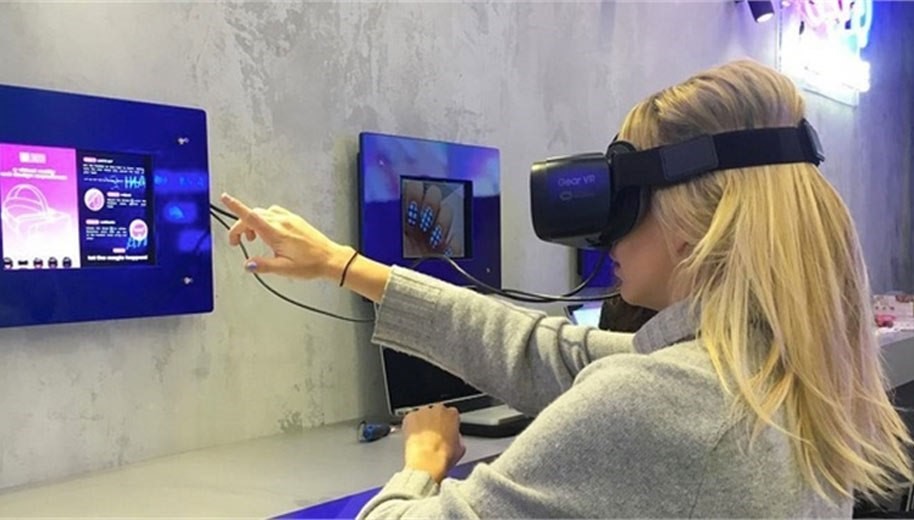
The Bright, Virtual Future
According to recent research, the human attention span is now a mere 8 seconds. This has reduced from 12 seconds in 2000- prior to the mass uptake of smartphones- and we are now more distracted than the goldfish (9 seconds). It is clear that our relationship with our devices is becoming closer than ever before and we need to ensure that they add value and improve our lives.
The retail industry has already cottoned on to this ever-closer relationship between consumer and device and has embraced new technology with enthusiasm. Up til now, retailers have been trialling various ways of incorporating tech into both their store experiences and the products themselves. It is clear that any technology adopted really needs to add value to the consumer experience and cannot be overly complex or gimmicky- it needs to be both seamless and practical. The most useful retail-tech either streamlines the shopping process through payment/online/seamless technologies or creates an enhanced experience providing the consumer with entertainment and escape. Successful retailers are now focusing on humanizing the digital experience and the use of artificial intelligence, machine learning and virtual reality for this purpose is set to grow exponentially in 2017.
With both the tech itself and its implementation evolving on almost a daily basis the “humanizing digital” trend is certainly one to watch. Here are some best-in-class examples:
WAH Nails (image above). In store, VR is central to the retail experience where customers can develop nail designs and virtually try them on before choosing. This appeals to their millennial/Gen Z customer base and brings an element of gamification to the retail experience.
Cubitts allows digital facial gauge and VR technology to create a 3D model of the customer's face so they can adjust the design of their glasses on their own, virtual faces before having them produced. The ultimate bespoke, personal experience.
Charlotte Tilbury partnered with Samsung to create a 360 deg VR film for the launch of their Scent of a Dream perfume. Consumers can interact with the iconic Tilbury girl- Kate Moss, creating the ultimate brand experience.
Tommy Hilfiger use VR headsets to allow customers to watch the catwalk show in store, as if they are sat in the front row. This gives the average consumer an otherwise exclusive experience, further developing brand loyalty.
Shiseido skincare have collaborated with Microsoft to create an AR plugin for Skype for Business where speakers use a filter to virtually enhance their appearance over Skype. Controversial- yes, but with the popularity of Snapchat filters it was only a matter of time before virtual enhancement became 'mainstream'.



